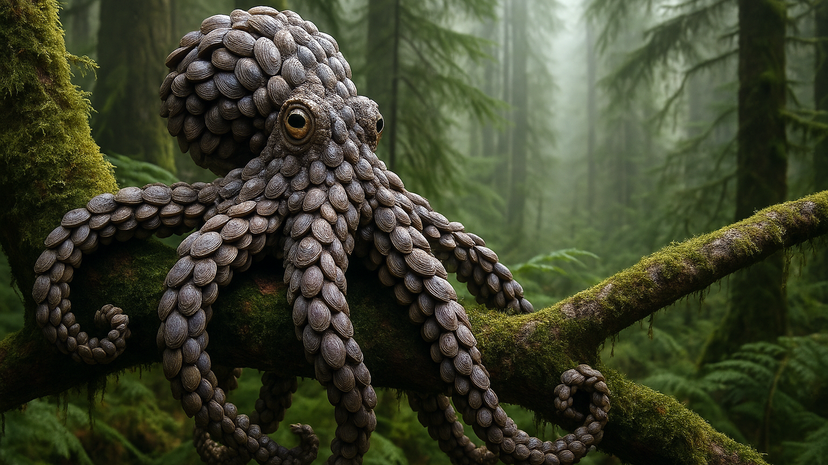
Sounding like something out of a sci-fi novel, the Pacific Northwest tree octopus has made its way into the hearts of internet users, educators and even conservation enthusiasts for years.
Described as an arboreal cephalopod, this cryptid supposedly swings through the mossy branches of temperate rainforests in the Olympic Peninsula, where its habitat lies.
Advertisement
Though it's widely understood to be fictional, the idea of the Octopus paxarbolis — aka the Pacific Northwest tree octopus — raises questions about biology, adaptation and our willingness to believe. Let's climb into the canopy of the science behind the myth.